Why Treating Stiff Joints Benefits Your Entire Body
Apr 25, 2024
Maria Rita Fiannacca
Suppose you’ve been on our website or seen us on social media. In that case, you’ll have likely heard us mention ‘stiff joints’—but what are they, why do we keep talking about them, and can they actually impact the pain we feel throughout our body, including tennis elbow, headaches, and Achilles tendonitis? I can answer that one for you quickly: yes.
Joints, Not Muscles
When we talk about relieving tension that has built up in the body, whether it’s the aches in our shoulders after a long day of work or the pinch in the neck from using our smartphone, most of us will immediately think about what muscles we ought to massage to ease that tension.
We’ve all probably been in that situation before. Our body aches, it’s in a bit of pain, so we crave a massage - and that’s not a bad thing. In fact, massaging your muscles can be a great way to get pretty instant relief. But it’s also temporary.
Treating stiff joints, however, can lead to longer-lasting relief because it treats the root cause of pain.
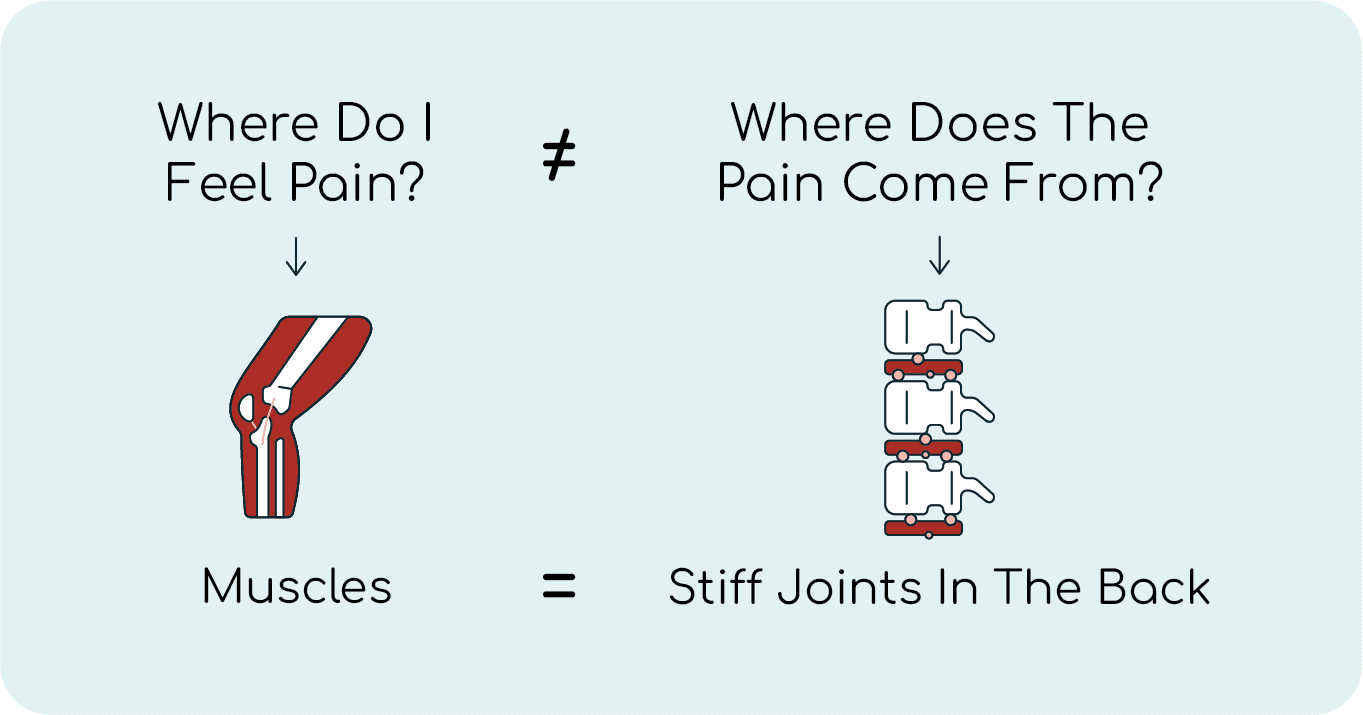
Ok, So What Are Joints, and How Do They Get Stiff?
A joint is the part of the body where two or more bones meet to allow movement, and we have over 300 joints in our body, most of which are in the back (150+). Just to put that number into perspective, there are only two joints in the knee, two in the ankle, and four in the shoulder and around 200 in the whole body outside the back. In other words, the back has about as many joints as the rest of the body combined.
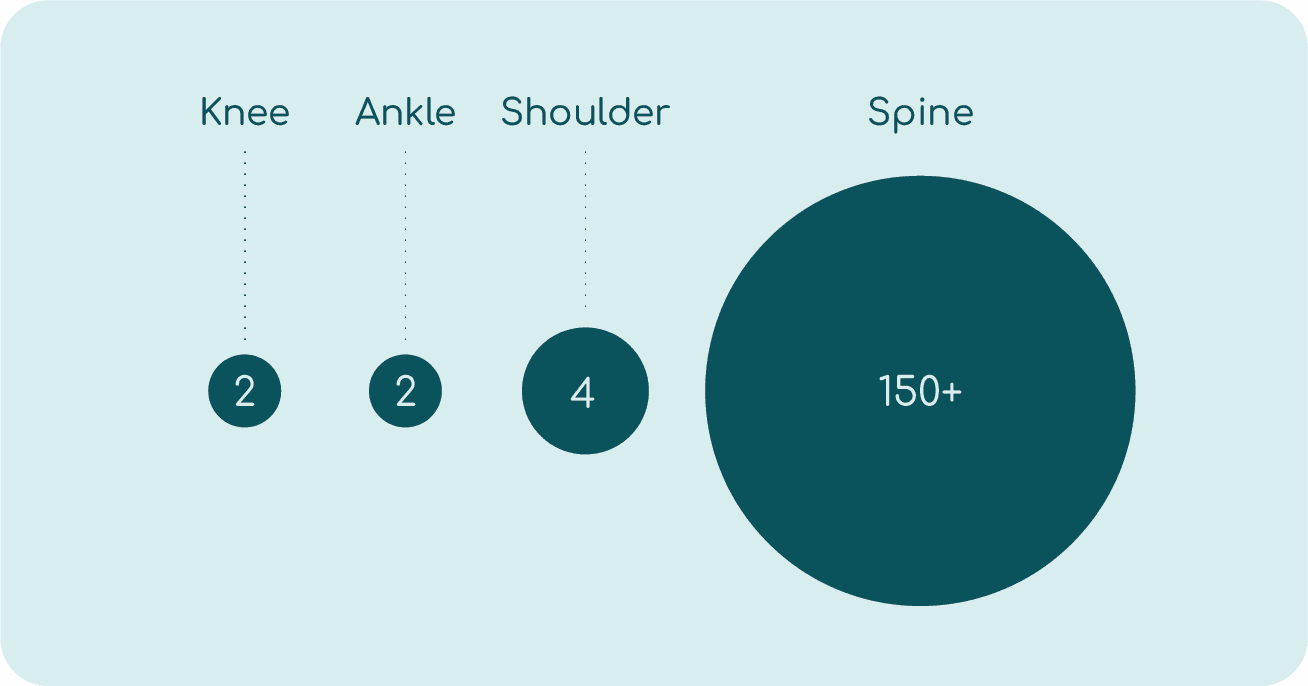
So it’s easy to see how if those joints get stiff, they can greatly impact our mobility, flexibility and general quality of life.
But how exactly do your joints get stiff? Well, it can be caused by a number of factors, the most common being ageing, repetitive strain and use, lack of movement, injuries, and diseases such as Osteoarthritis and Rheumatoid Arthritis.
This stiffness in the joints can then be responsible for the nerve compression in the back and the other body parts where the nerve travels through, leading to pain.
Why Stiff Joints Get On Our Nerves!
The spine is the origin of the majority of the peripheral nervous system (PNS)
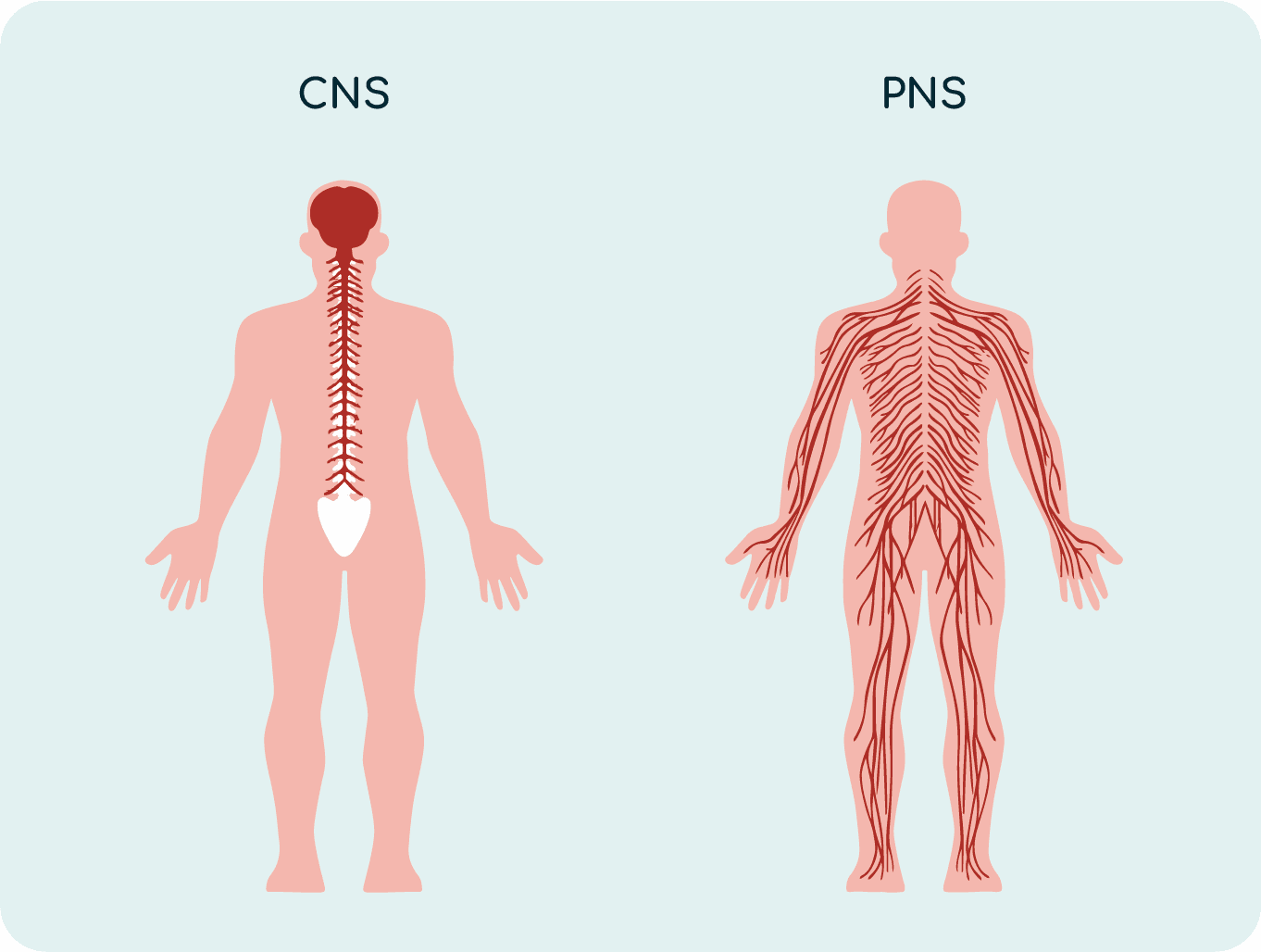
Our nerves are not just responsible for sensory information like vision, taste, and smell. They also play a crucial role in controlling our body movements and transmitting pain signals. These signals are sent to and from the nerve location to the brain, which is often referred to as the Neural Highway due to the high volume of 'messages' sent back and forth every second. This highlights the importance of understanding how nerve compression can affect our overall health.
When a nerve in the spine is compressed, it can lead to a range of symptoms that significantly impact our daily lives. These include pain, increased sensitivity, numbness, and muscle weakness throughout the body. Understanding these symptoms can help us recognize the signs of nerve compression and take timely action to address it.
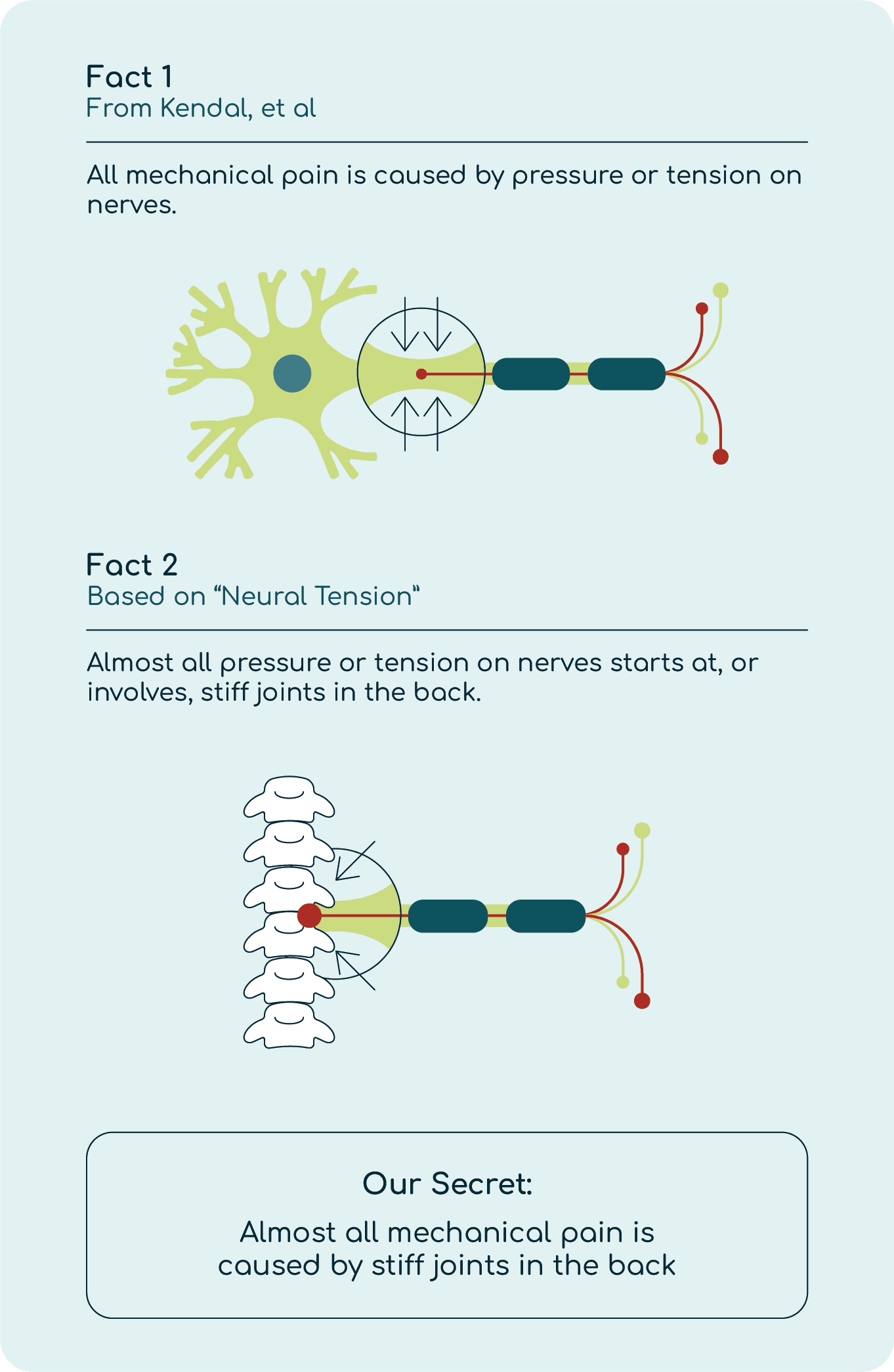
This compression of the nerves is referred to as nerve root pain and can cause symptoms like:
Tingling or numbness
Weakness of muscles
Increased sensitivity
Pain in the back, neck, and limbs
“Are you saying that the root cause of most of the pain we experience is caused by stiff joints and compressed nerves?” - Yes, that is exactly what we’re saying (our confidence comes courtesy of this breakthrough study by Kendall, et al).
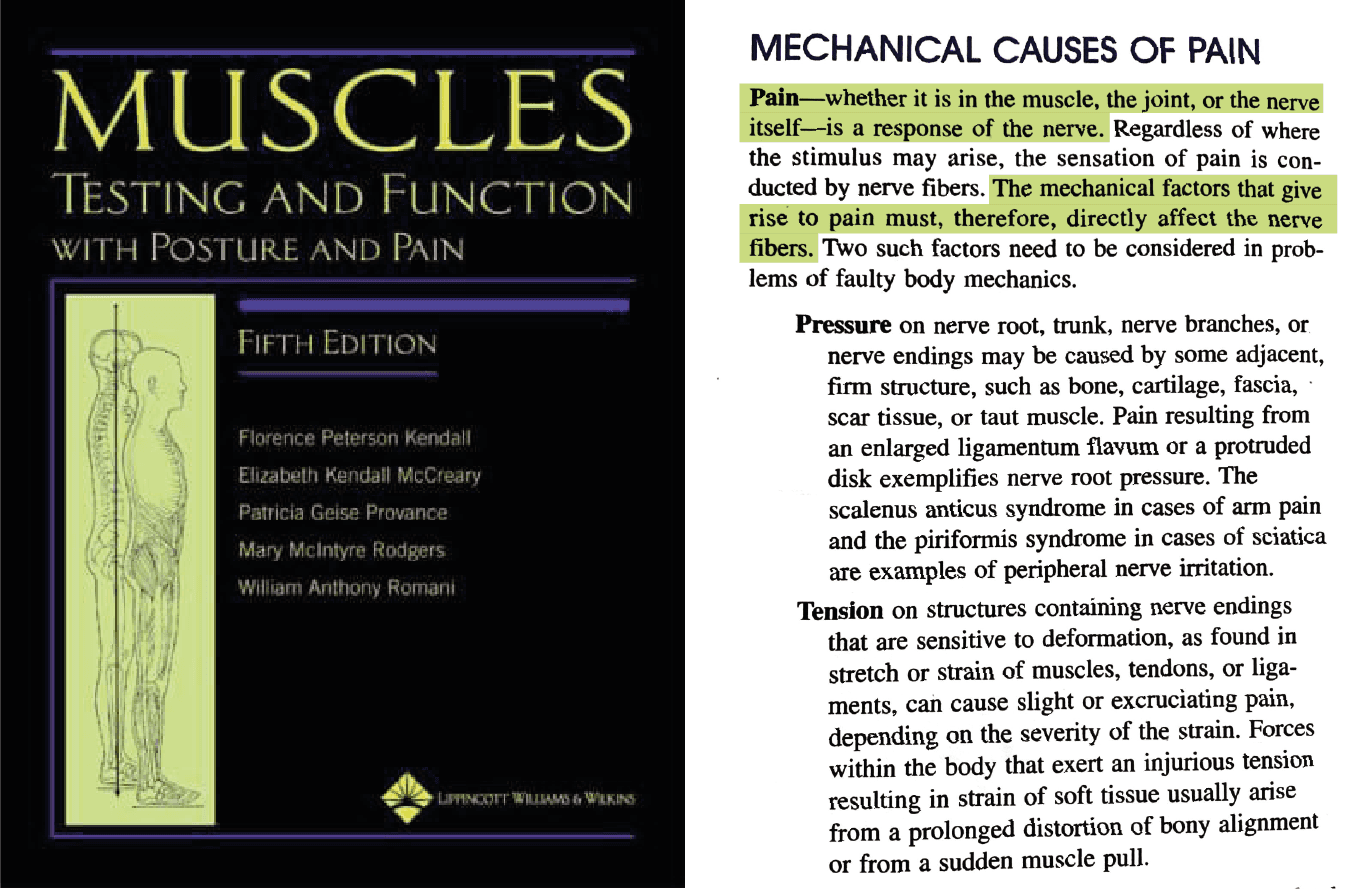
How To Effectively Treat Stiff Joints
You can remove stiffness from the joints in your back with a technique called “spinal joint mobilisation.” Physical therapists widely accept and practise this technique as the most effective way to de-stiffen joints.
And it works amazingly well! In fact, our founder and in-house physio, Chongsu Lee, has successfully practised this method for 10+ years.
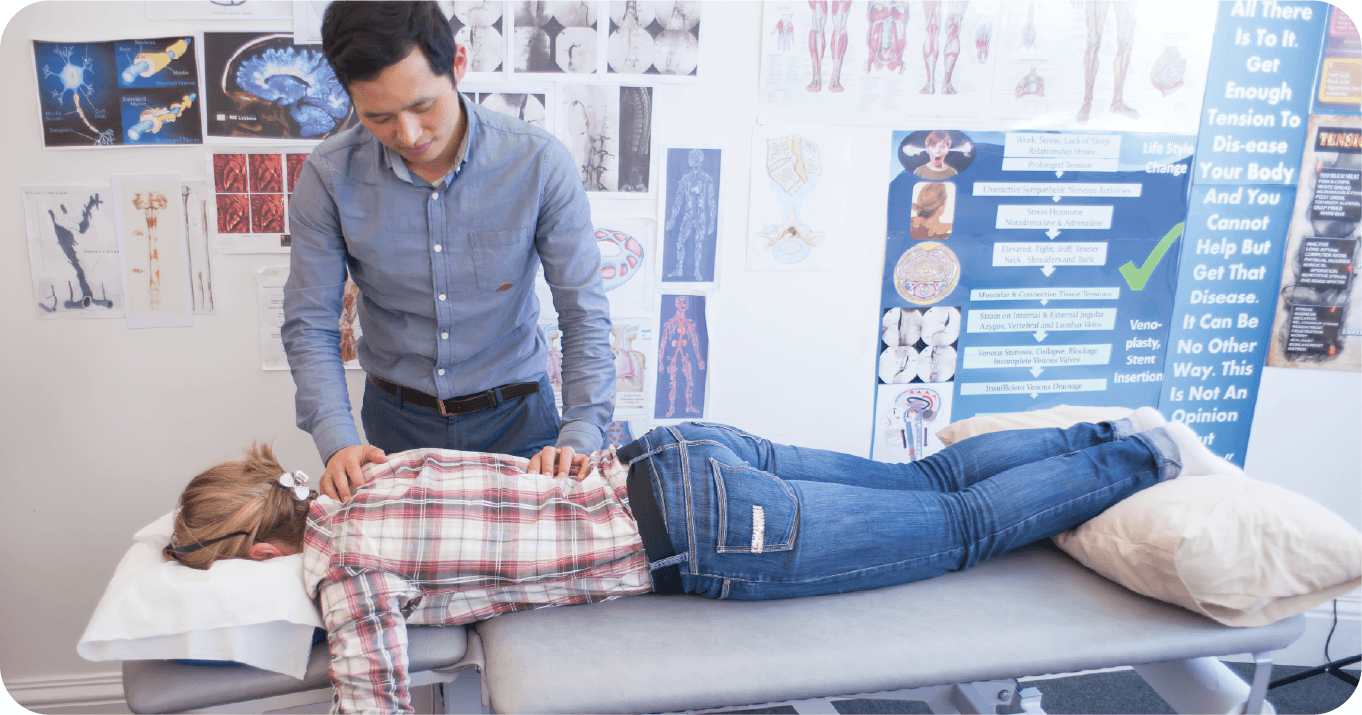
But there’s a problem: manual treatments are very intense and too hard for any physiotherapist to sustain. This is what Chongsu Lee soon discovered: applying constant pressure for hours, all day long, is practically impossible for a human being - and leads to inconsistent treatment as a patient in the morning will theoretically get more effective treatment than a patient at the end of the day due to the fatigue of the therapist.
To overcome this problem, Chongsu invented BackHug, a robotic clone of himself, which would allow him to consistently give his patients the most effective treatment to remove stiffness from the joints in their backs. This physiotherapy insight, paired with innovative technology, makes BackHug the only device to release nerve tension.
It's a safe, non-surgical, and medication-free alternative to traditional pain treatments.
BackHug Put It To The Test
We’re working with scientists and clinicians in the US who will independently carry out a clinical study.
Using an sEMG device (the device used by the Supreme Court in Florida to objectively prove the presence or absence of pain in compensation claims), we will finally be able to visually and definitively prove that BackHug reduces pain. Stay tuned for more updates on this.
Conclusion
So, there you have it—stiff joints aren't just a pain in the back; they cause a whole host of aches and pains throughout your body. From that niggling tennis elbow to those pounding headaches, it all goes back to the joints in your spine and the nerves that they compress.
So, next time you feel like you've been hit by a truck, remember that it is likely due to stiff joints, not muscles.
But fear not! It’s easier than you’d think to de-stiffen your joints, especially with BackHug. Its nifty spinal mobilisation technique gives your joints a well-deserved stretch, easing tension and freeing up those trapped nerves. And the best part? It's as easy as lounging on your couch.

